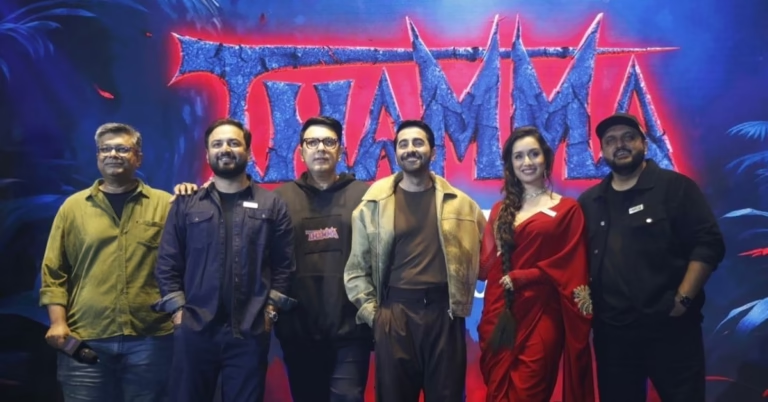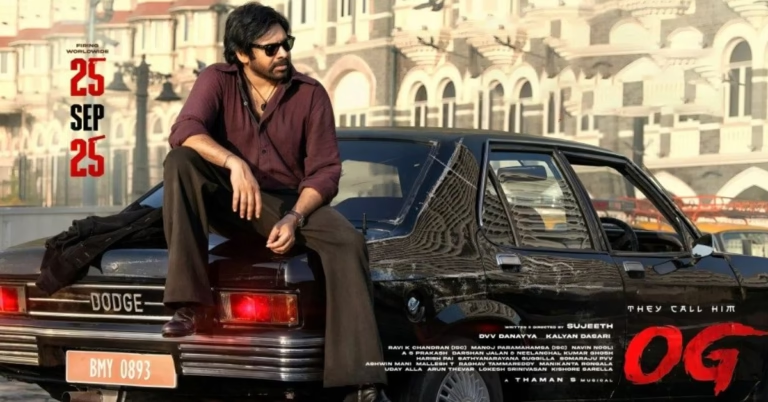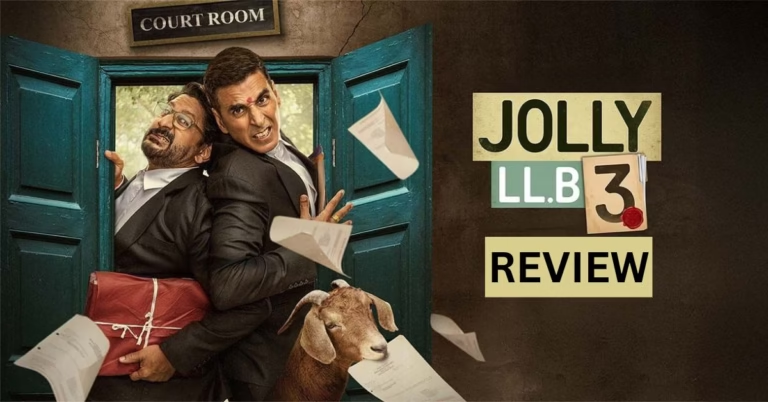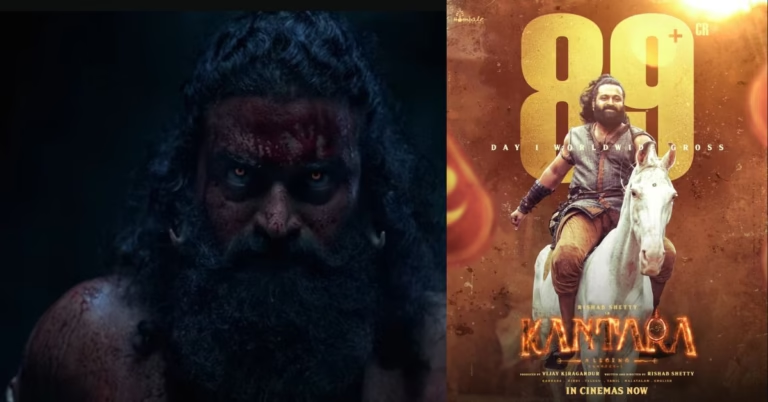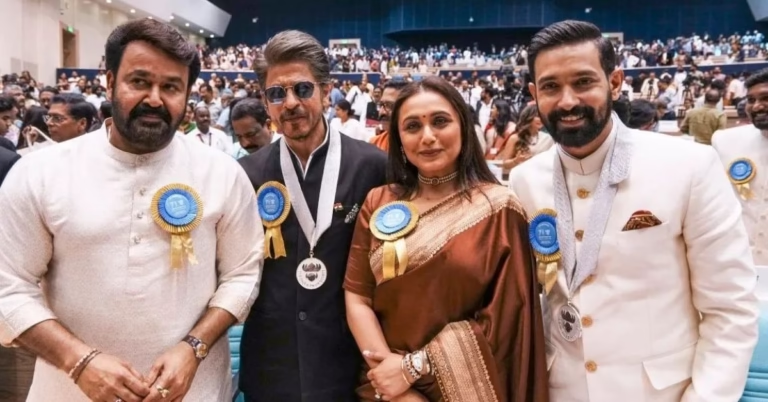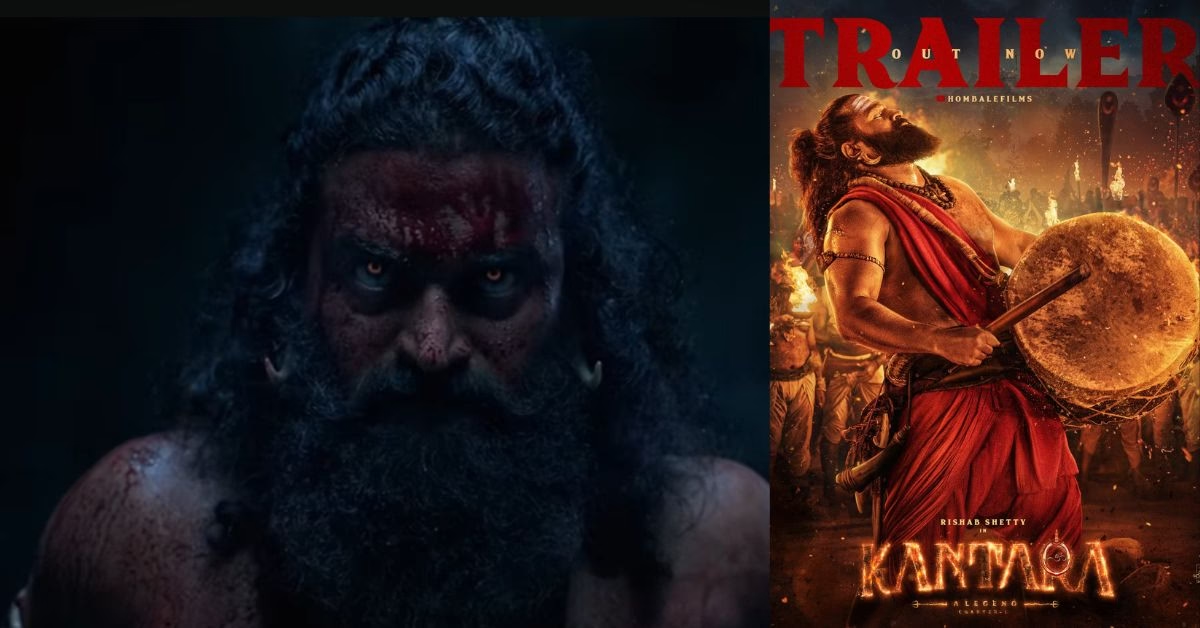
The Kantara Chapter 1 trailer finally dropped, bringing a tsunami of chatter on social media. With the unprecedented success of the first Kantara that raked in ₹400 crore on a humble ₹16 crore budget, Rishab Shetty comes back with what seems to be an even bigger cinematic experience. Yet, the Kantara 2 trailer has been unexpectedly met with mixed reactions from audiences and critics, sparking doubts on whether this sequel is capable of delivering its predecessor’s magic success.
Launched on September 22, 2025, amidst the benevolent Navratri celebrations, the Kantara Chapter 1 trailer was released by industry icons such as Hrithik Roshan (Hindi), Prabhas (Telugu), among others, generating maximum hype throughout India. But has this dramatic launch met the stratospheric expectations? Let us delve deep into this divided trailer that has left fans thrilling as well as disappointed.
The Grand Vision Behind Kantara Chapter 1
The Kantara Chapter 1 production issues were gargantuan right from the start. Producer Vijay Kiragandur has said that Hombale Films constructed a whole bespoke studio just for this prequel, underlining the scale of the ambitious project. The Kantara Chapter 1 budget is now said to have risen to ₹125 crore, which is one of the most costly Kannada films ever made.
Rishab Shetty lapped up more than two months in Karnataka’s coastal forests gathering extensive folklore to bring culture to the screen. This commitment to authenticity was reflected in working with artisans from all over India, bringing together artisans from Karnataka, Kerala, and Tamil Nadu to make an authentic representation of Indian cultural heritage.
The production of the film was over a remarkable 250 shooting days over three years with more than 3,000 individuals involved in the production process. War action alone took 50 days to shoot with 500+ combatants, demonstrating the grand scope Rishab Shetty had for this prequel.
Trailer Analysis: Visual Spectacle Meets Narrative Concerns
The Kantara trailer opens with young Shiva questioning his father’s mysterious disappearance during a Daiva Kola performance, immediately connecting to the original film’s mythology. Gulshan Devaiah emerges as the menacing Prince Kulashekar, delivering a powerful antagonistic presence that promises intense confrontations with Shetty’s character.
Rukmini Vasanth plays the role of Princess Kanakavati, whose affair with Shetty’s ancestor jeopardises the predetermined royal order. The trailer vows to unravel the birth of the Daiva Kola tradition and the ancestral fights that gave rise to the mystical universe of Kantara.
Visually, the Kantara Chapter 1 trailer has mind-blowing cinematography, stunning set pieces, and intricate costume designs that clearly outline the film’s enhanced production values. The 25-acre temple set constructed specially for the film provides a real-life setting for this mythological story.
The Mixed Reception: Why Audiences Are Divided
Positive Fan Reactions
Most audience members shared real enthusiasm for the visual splendor of the trailer. Phrases such as “Amazing trailer,” “I have goosebumps,” and forecasting “Another 1000 crore movie from Kannada industry” filled social media. Fans enjoyed the Kantara Chapter 1 Rishab Shetty character development and the more in-depth exploration of the elements of folklore.
The trailer’s cultural authenticity and spiritual intensity struck a chord with audiences who appreciated the themes of the original film. They applauded Shetty’s body transformation and devotion to the role, seen in his rigorous martial arts training that involved Kalaripayattu.
Critical Issues and Negative Complaints
But most of the viewers were left disappointed, calling the trailer “big letdown” and “average”. Critics raised some issues:
Pacing Problems: Most were of the opinion that the rhythm of the trailer was uneven and lacked the spontaneous flow that made the first Kantara memorable. The pacing was hasty, and the emotional build-ups were not properly created.
Exaggerated Scenes: Certain scenes felt contrived and melodramatic, leading one to wonder if the movie has lost the unbridled, natural energy of the first film.
Predictable Plot Points: Some viewers criticized that the trailer unveiled a formulaic narrative lacking the element of surprise that made the first film exciting.
Production Scale vs. Cultural Authenticity Challenge
The Kantara Chapter 1 release date of October 2, 2025, is strategically aligned with Gandhi Jayanti, with the aim of achieving maximum foot traffic during the festive season. Nevertheless, this aggressive timeline has brought forth questions regarding whether the enhanced scale has undermined the close-to-home storytelling that made the first film special.
Director Vijay Kiragandur underlined that cultural heritage is the guiding force for them and not a burden. “By staying close to our roots, the ethos behind it, and the sentiment it evokes, we believe authenticity will translate on screen,” he said.
The movie brings together craftsmen from all over India to represent cultural aspects in an authentic way, with enormous temple sets constructed for recreating historical eras. This effort towards detailing illustrates the team’s dedication to maintaining cultural authenticity at the cost of widening the narrative horizon.
Box Office Pressure and Commercial Expectations
The sizably larger Kantara Chapter 1 budget from ₹16 crore to ₹125 crore invites substantial commercial stress. While the first film managed an astronomical return on investment of 2500%, the sequel needs to explain the much larger production costs.
Industry commentators point out that the prevailing box office situation is especially demanding, with even large-budget movies finding it difficult to recover investments. The divided trailer reaction has generated doubts about the commercial viability of the film.
Pre-release commercial reports indicate that the movie has recovered a huge amount of its cost already from theatrical and OTT rights, and so there is some sort of safety net for the producers.
Technical Mastercraft and Creative Vision
Apart from story issues, all critics agree on the technical superiority of the trailer. The work done by the cinematographer Arvind S Kashyap, production designer Banglan, and composer B Ajaneesh Loknath is indicative of technical proficiency.
The movie’s research into Kadamba dynasty history and its relevance to present-day environmental issues provides intellectual substance to the mythological story. Rishab Shetty’s vision goes beyond entertainment into cultural conservation and touching on land ownership and environmental protection.
Also read:
- Mahavatar Narsimha Now Streaming on Netflix: India’s ₹324 Crore Animated Blockbuster Goes Global
- The Bads of Bollywood Review: Is Aryan Khan’s Netflix Debut a Game Changer?
- ₹4000 Crore Ramayana Movie Budget: India’s Most Expensive Film – Epic Hit or Massive Flop?
- The Bads of Bollywood: 5 Shocking Reasons Why Aryan Khan’s Netflix Debut Will Break the Internet (September 2025)
Hit or Flop Prediction: Breaking Down the Odds
Factors in Favor of Success
- Brand Recognition: Kantara franchise has huge goodwill and cultural value
- Festive Release: October 2nd timing guarantees holiday crowd involvement
- Pan-Indian Appeal: Multi-language release with star endorsements from across regions
- Technical Excellence: High production values all the way through the trailer
- Cultural Relevance: Folklore and tradition themes speak to modern-day audiences
Risk Factors
- Budget Pressure: Greater expenses mean considerably higher revenues are necessary for profits
- Mixed Initial Response: Splitting trailer reactions may affect the essential word-of-mouth promotion
- Sequel Expectations: Coming after a work of perfection places colossal pressure on similar effect
- Market Competition: October 2025 has a number of major releases vying for audience attention
- Authenticity Issues: Certain fans fear losing the original’s close cultural affinity
The Verdict: Guarded Optimism with Qualifications
The conclusion is drawn from thorough examination of the Kantara 2 trailer release date reaction and marketplace conditions, Kantara Chapter 1 seems to stand between awe-inspiring triumph and costly failure. The movie has all necessary ingredients of a blockbuster – successful source material, top talent, higher production values, and strategic promotion.
But the trailer reactions also raise valid concerns about replicating the lightning-in-a-bottle phenomenon that made the original a cultural sensation. The pressure to equal the first film’s success while justifying significantly higher production costs makes it a tough commercial proposition.
Box Office Prediction
- Opening Weekend: ₹85-120 crore (All Languages)
- Lifetime Collection: ₹300-500 crore (based on critical success and word-of-mouth)
- Chance of Success: 65% possibility of profitable performance
Conclusion: The Cultural Stakes Are High
Kantara Chapter 1 is more than a movie sequel – it’s an absolute litmus test for regional cinema to successfully attempt large-scale productions without losing true cultural essence. Rishab Shetty has set unprecedented standards with his National Award-winning performance and direction in the original classic.
Whether Kantara 2 succeeds, surprises, or disappoints these expectations will finally lie in the overall cinematic experience and not trailer reactions alone. The success of the film could set new standards for pan-Indian cinema rooted in culture, whereas failure could lead to producers being even more careful about high-budget regional sequels.
The Kantara Chapter 1 trailer has undoubtedly achieved phenomenal buzz and excitement – priceless marketing tools that no amount of money can buy. Whether this hype is translated into box office success remains the billion-dollar question that October 2nd will conclusively provide.
As audiences await the final verdict, one certainty emerges: Kantara Chapter 1 has already established itself as one of 2025’s most significant releases, carrying the hopes and dreams of an entire industry seeking to prove that authentic storytelling and commercial success can coexist harmoniously.

